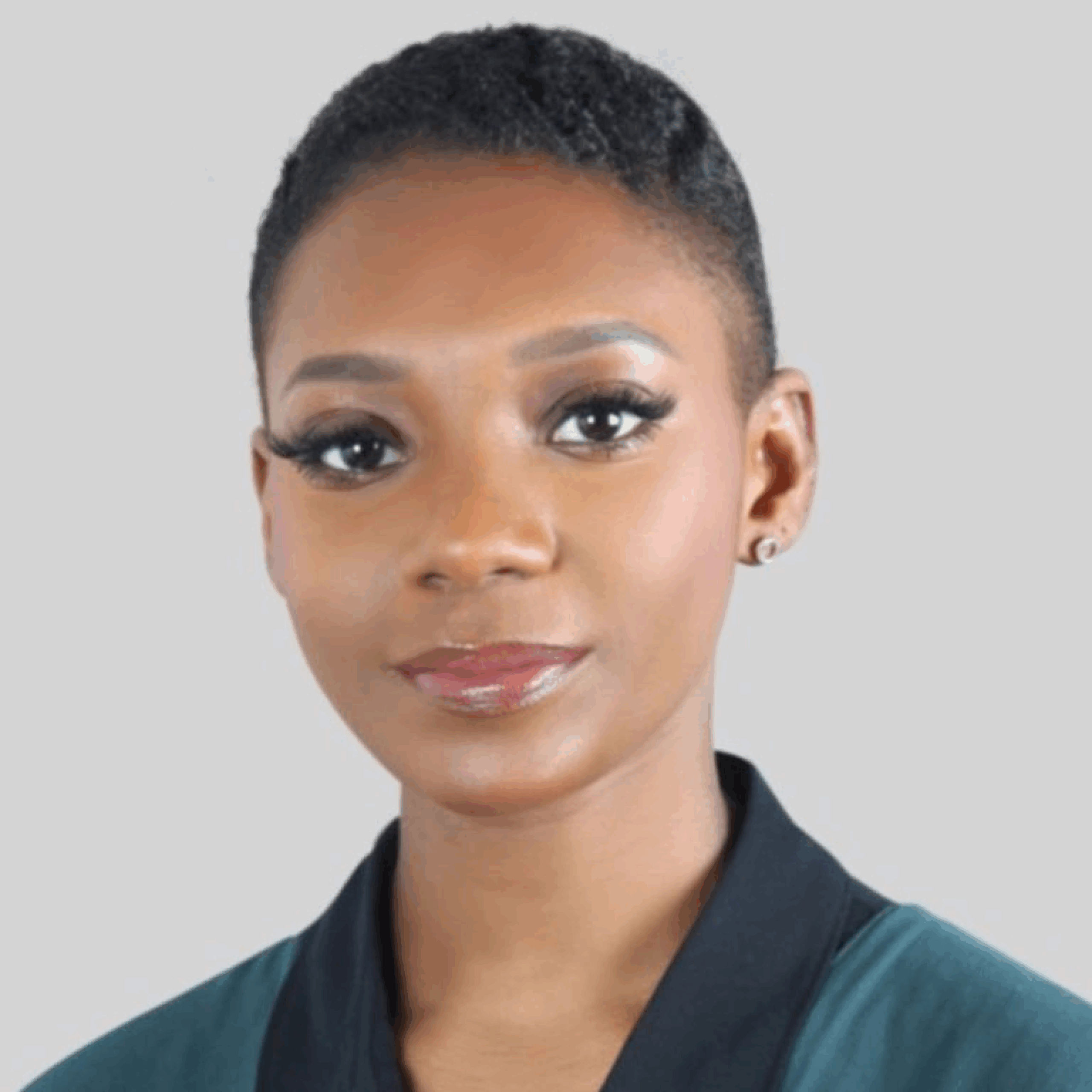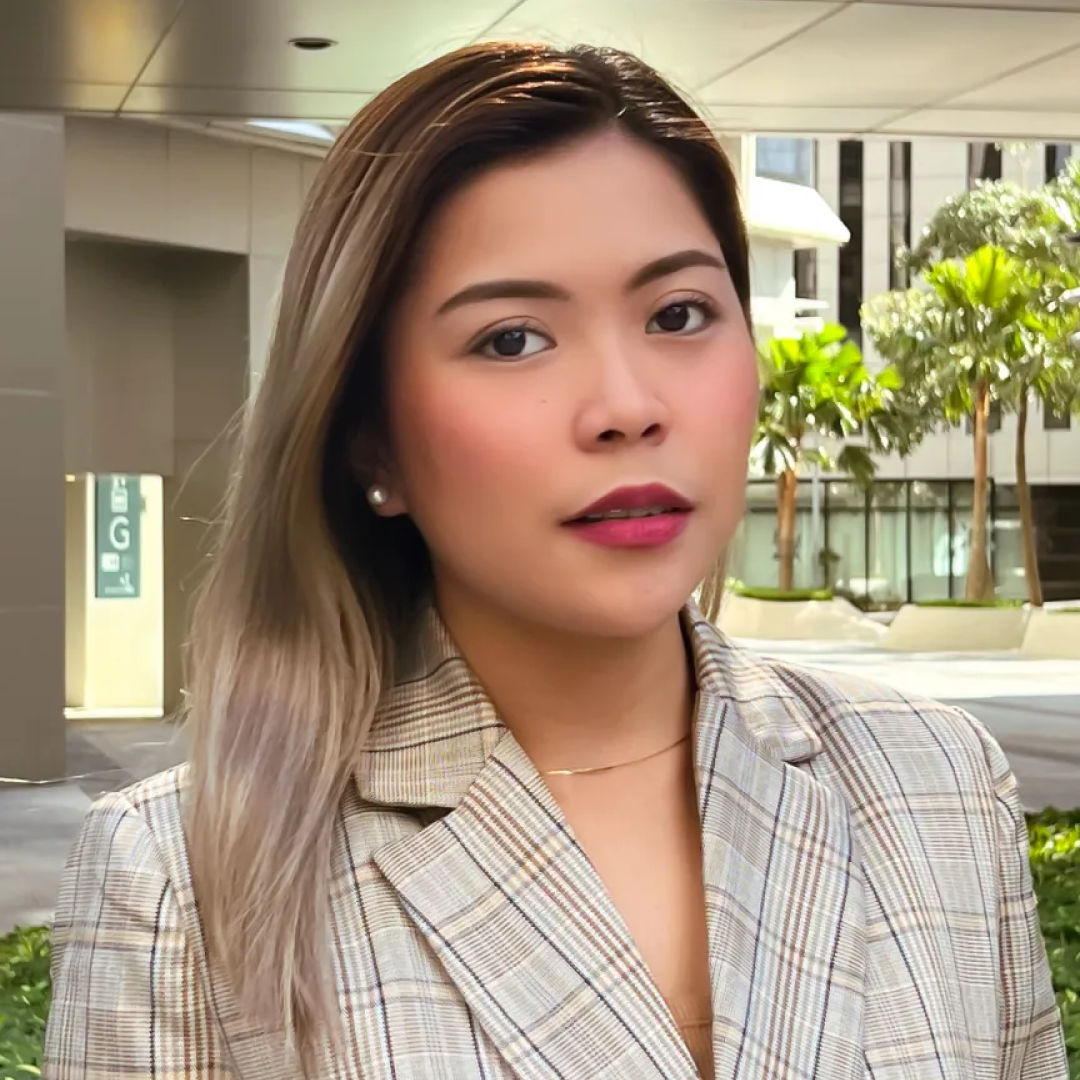The Middle East is Creatively Booming, So Why Does Everything Look the Same?
Featured in: The Brandberries
This region is investing heavily in culture, with new museums, design districts, fashion councils, and biennales popping up across the GCC. Even Art Basel wants in on the action and will arrive to Doha in 2026, making it the fifth event location in the prestigious lineup of annual art fairs hosted in Basel, Miami Beach, Hong Kong and Paris. There’s energy in the air and a desire to be seen as a global player. But that ambition hasn’t fully translated into creative confidence. And the irony is we are playing it safe at the exact moment we should be making noise.
Let’s break it down: across fashion and beauty, campaigns are polished to perfection but almost impossible to tell apart. We see the same muted palettes, airbrushed gloss, and safe aesthetic. Events rotate through the same venues, with content and activations that feel more curated for social, as opposed to being creative. Luxury retail clings to minimalist tropes: white-on-white storefronts, serif fonts, marble everything. Yes, it signals status, but where is the soul?
Wellness and lifestyle brands have embraced the “soft life” and clean aesthetic to a fault. Think muted colours, natural lighting, and calming spa music. It’s soothing but, at times, can lack emotion. And with travel and hospitality, content has become almost algorithmic: a drone shot, a robe shot, an aesthetic breakfast etc. From Ras Al Khaimah to AlUla, the format repeats itself: different brands, different locations, but the same lens.
The result? A region that’s creatively vibrant behind the scenes but visually stuck on repeat.
This is where it gets uncomfortable. Creative stagnation isn’t just about poor taste or a lack of ideas. It’s structural. Agencies are under pressure to deliver results fast, to please risk-averse clients, and to stay within the bounds of cultural sensitivity (rightly so). Meanwhile, clients often don’t want to be the first to do something different; they want to be the next to do what already works. And so, the cycle continues – agencies pitch what they know will get approved. Clients approve what they’ve seen work before. We high-five over a campaign that feels “on-brand.” But no one remembers it a month later. One could argue that we are creating for approval, not for impact.
Add to this the need for us all to meet KPIs – reach, engagement, conversions etc., and you get work optimised for algorithms, not your consumer. You have ideas that look good in decks, but not in real life. And content that performs but doesn’t resonate.
But most damaging of all is the short-term thinking. We are obsessed with the next activation, the next launch, the next quick win – rather than building distinct, long-term brand identities. And until these barriers shift, the cycle will repeat itself.
Why is this an issue, you may be asking? The answer is simple – consumers are changing. Audiences, especially the younger ones, are getting smarter. Gen Z sees through the polish. They crave authenticity, imperfection, and weirdness. They want campaigns that feel honest, culturally relevant, and emotionally intelligent, not just another perfectly lit product shot.
This generation doesn’t want to be sold to. They want to be seen, understood, and entertained. And most of all, they want difference. That’s a huge opportunity for brands in the Middle East, if they are willing to take the risk.
What happens when you break the template?
Let’s be fair; not everyone is playing it safe. When brands in the region dare to break the mould, people take notice, and so do the numbers. Take Adidas x Ravi, the now-iconic collaboration between the global sportswear giant and beloved Dubai restaurant. It celebrated community, food, and street culture – not through polish, but through personality. It felt unexpected, hyper-local, and undeniably fresh.
Moments like this don’t just look cool; they resonate. Because they feel real and reflect a region that’s not just consuming global culture but creating its own.
We have also seen some luxury brands flipping the script – from creating influencer gifting suites to crafting immersive cultural experiences that tell stories instead of selling status. For instance, AVANTCHA Tea’s concept tea bar; the first of its kind in Dubai, is not just a place to sip Matcha and move on; it’s a space where tea meets luxury, culture, and curiosity. It dares to reframe tea as something bold, sensory, and social – not stiff or simply ceremonial. It’s proof that when brands lead with innovation and intention, they don’t just follow trends, they set them.
And in the arts and entertainment, brands like Fever are doing exactly that. Known globally for its Candlelight Concerts, Fever has expertly introduced this immersive format to the Middle East – and they didn’t just copy-paste the concept. They adapted it. From candlelit performances of classical greats to specially curated evenings featuring Arabic music, regional icons, and culturally resonant venues, Fever has proven that global ideas can thrive when they are tailored with local soul. These experiences feel both timeless and timely and offer audiences in the region a new way to engage with the arts: not passively, but emotionally, sensorially, and culturally.
The Middle East isn’t short on talent. The region is overflowing with brilliant creatives, designers, strategists, photographers, and storytellers. What we are missing is permission. The permission to push. To play. To challenge. To mess up. And, to try again.
We need to reward brands that take creative risks. We need clients who say, “We’ve never seen that before, let’s do it!” We need agencies that stop pitching safe and start pitching brave. We need to move past “what worked last year” and ask: what do we want to stand for now? Because when everything looks the same, the only real edge is originality.
Template culture didn’t happen overnight. It’s a side effect of growth, digitalisation, and a desire to get it right. But if we want to be a creative capital, we need to stop playing not to lose and start playing to win.
This isn’t about being edgy for the sake of it. It’s about building a creative scene that’s fearless, future-forward, and culturally alive.
So, for every brand, agency, and decision-maker reading this – please, take the template, tear it up and start again. Because in a world full of sameness, remember that creativity is the only real luxury, originality cuts through the clutter, and the right kind of attention is the most valuable currency.
Words By: Stephanie Dafeta, Senior Account Manager at Ruder Finn Atteline
About Ruder Finn Atteline




